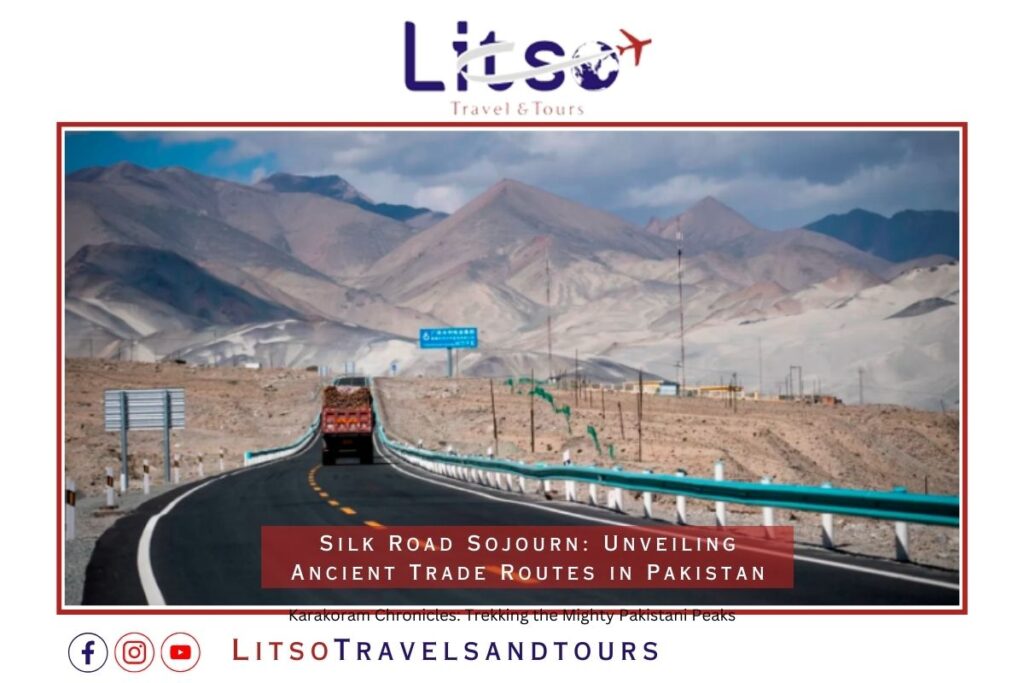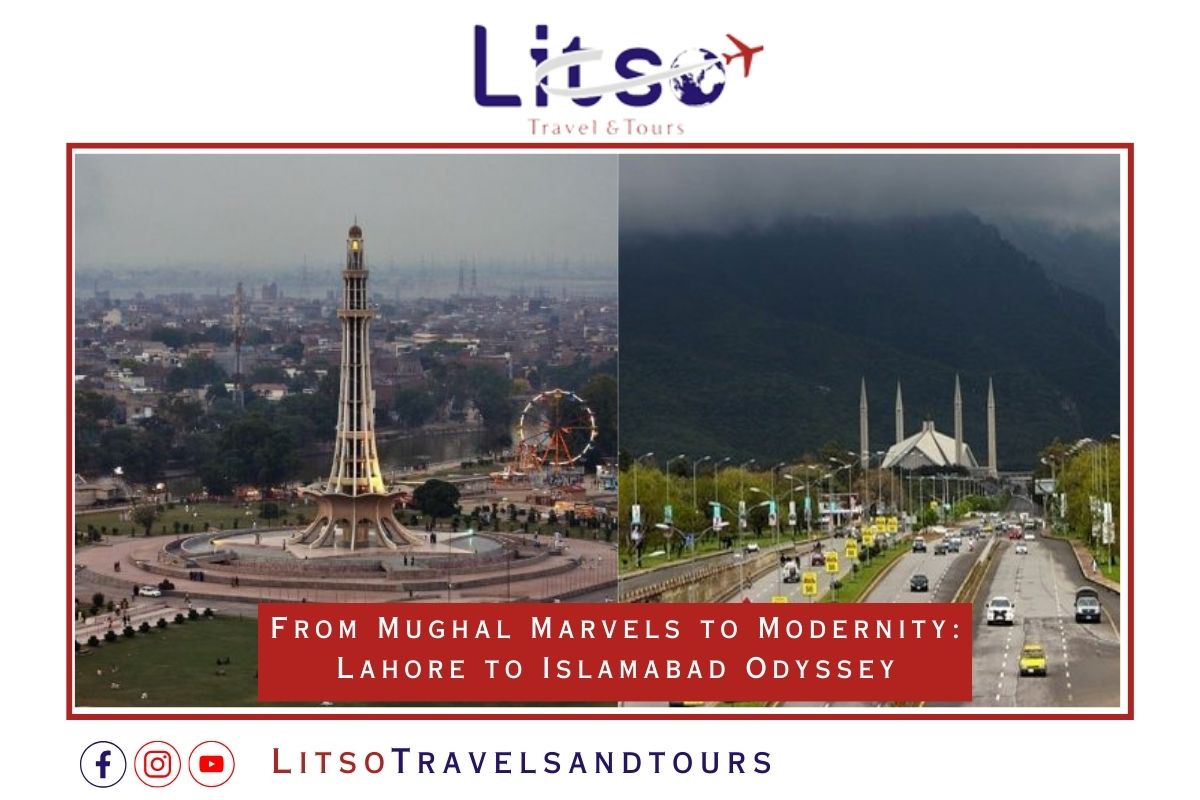Silk Road, a historical network of interconnected trade routes, holds the key to unraveling the rich tapestry of ancient civilizations. Amidst this historical grandeur, Pakistan stands as a remarkable testament to the cultural exchanges and economic ties fostered by the Silk Road. Let’s embark on a journey through time and explore the mesmerizing Silk Road routes in Pakistan.
Introduction
The Silk Road, an ancient trade network connecting East and West, played a pivotal role in shaping the course of history. In this exploration, we delve into the specific charm that the Silk Road brings to Pakistan, uncovering the tales of trade, cultural fusion, and historical significance.
Historical Background
To understand the profound impact of the Silk Road in Pakistan, it’s essential to grasp the historical backdrop. Early trade routes in the region laid the foundation for the grand Silk Road, influencing the rise and fall of empires. The Silk Road, emerging as a complex web of routes, connected diverse civilizations and facilitated the exchange of goods, ideas, and culture.
Silk Road Routes in Pakistan
Northern Route
The northern route of the Silk Road traversed through key cities and trade hubs in Pakistan, fostering trade in silk, spices, and precious gems. Cities like Taxila and Peshawar flourished as major trading centers, witnessing the exchange of goods that left an indelible mark on the region’s cultural landscape.
Southern Route
On the southern route, coastal connections and trade ports played a vital role in shaping the Silk Road’s influence in Pakistan. The cultural exchange along this route left echoes in the architecture, cuisine, and traditions of the region.
Archaeological Discoveries
Excavations along the Silk Road in Pakistan have unearthed a treasure trove of artifacts and relics. From ancient marketplaces to remnants of caravanserais, these discoveries provide invaluable insights into the daily lives of Silk Road travelers.
Cultural Fusion and Influences
The Silk Road was not merely a conduit for trade; it was a melting pot of cultures. The architectural marvels along the Silk Road, such as the Gandhara civilization’s Buddhist stupas, stand as testament to the fusion of artistic styles and cultural influences.
Challenges and Conservation Efforts
While the Silk Road’s legacy is celebrated, modern challenges threaten its historical sites. Conservation efforts aim to strike a delicate balance between preserving the past and allowing for sustainable tourism, ensuring that the Silk Road’s wonders endure for future generations.
The Silk Road Today
In the contemporary landscape, the Silk Road continues to inspire modern trade routes and cultural exchanges. Pakistan, with its historical sites and cultural heritage, presents unique opportunities for Silk Road enthusiasts to explore the echoes of the past.
Silk Road Sojourn: Personal Experiences
Embarking on a Silk Road sojourn is more than a historical exploration—it’s a personal journey. Travelers recount their experiences, narrating cultural exchanges, chance encounters, and the unique charm that envelops the Silk Road.
Future Prospects
As we gaze into the future, the Silk Road remains a beacon of global connectivity. The potential for further archaeological discoveries and ongoing efforts to preserve this heritage ensure that the Silk Road’s legacy endures for generations to come.
Conclusion
In the heart of Pakistan, the Silk Road reveals its captivating tales of trade, cultural fusion, and historical significance. Unveiling the ancient trade routes brings us closer to understanding the interconnectedness of civilizations and the enduring impact of the Silk Road on our world.







